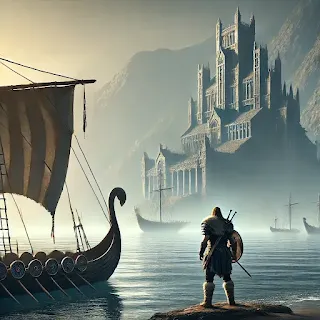The Cuban Capitol (Capitolio) in Havana, known as El Capitolio, is one of the most iconic buildings in Cuba, with a fascinating history and several curiosities surrounding its construction and symbolism. It is often compared to the U.S. Capitol due to its similar architectural style, but it has distinct Cuban elements and a story of its own.
Curiosity About El Capitolio:
One of the most interesting curiosities about the Cuban Capitol is that it houses one of the largest indoor statues in the world—La Estatua de la República. This statue, symbolizing the Republic of Cuba, stands 15 meters tall (49 feet) and weighs 30 tons. When it was unveiled in 1929, it was the second-largest indoor statue in the world, after the Statue of Abraham Lincoln in the Lincoln Memorial in Washington, D.C. The statue is gilded with 22-karat gold, making it a striking symbol of the building’s grandeur.
Construction and Timeline
- Construction Began: 1926
- Completed: 1929 The Cuban Capitol was built in just three years, from 1926 to 1929, an impressive feat considering its massive size and the complexity of its design. It was commissioned by President Gerardo Machado, who wanted to create a symbol of power and progress in the heart of Havana. It was meant to house the Cuban Congress and serve as a symbol of the nation's governance.
Architectural Design and Architects
El Capitolio was designed by Cuban architects Eugenio Rayneri Piedra and Raúl Otero, who were influenced by neoclassical and Beaux-Arts styles, much like the U.S. Capitol. Although often compared to the U.S. Capitol, the Cuban version has its own unique details and grandeur.
One of the architects, Eugenio Rayneri Piedra, was said to have been inspired by the Pantheon in Paris, and the building's dome closely resembles the U.S. Capitol's dome in Washington, D.C. However, the Cuban Capitol’s dome is slightly taller than its U.S. counterpart.
Dimensions and Features
- Height of the Dome: 91.73 meters (301.6 feet), making it the tallest point in Havana at the time of its construction.
- Overall Length: 207 meters (679 feet)
- Width: 92 meters (302 feet)
The building was constructed using materials sourced from around the world, including marble from Italy and Cuba, and decorative elements like ironwork and bronze statues made by renowned artists of the time.
Reason for Construction
The Cuban Capitol was built to symbolize the strength and modernization of Cuba in the early 20th century. It was intended as the seat of the Cuban Congress and to demonstrate Cuba's ambitions to be seen as a leading nation in Latin America, with a prominent global presence. The building reflected the prosperity of the time and the desire of the Cuban government to project a powerful image of the Cuban state.
Comparison to the U.S. Capitol
- Architectural Style: Both buildings share the neoclassical style, characterized by large domes, columns, and grand facades. The resemblance is so striking that many people mistakenly think the Cuban Capitol is a replica of the U.S. Capitol.
- Dome: While the Cuban Capitol’s dome stands at 91.73 meters (301.6 feet), the U.S. Capitol dome is 88 meters (289 feet) tall, making the Cuban version slightly taller.
- Symbolism: The U.S. Capitol symbolizes democracy and government in the United States, while the Cuban Capitol originally symbolized power and progress. However, since the Cuban Revolution, it no longer serves as the seat of the Cuban government, which now operates from Revolution Square. The Capitolio has since been used for other purposes, including housing the Academy of Sciences of Cuba and later becoming a museum. It was also restored to serve as the seat of the National Assembly of People's Power after renovations were completed in recent years.
Other Interesting Facts:
The Diamond Marker: Inside the Capitolio, embedded in the floor beneath the central dome, is a 25-carat diamond. This diamond marks kilometer zero for all distances on the island of Cuba, similar to how cities like Paris or Madrid have markers indicating the starting point of the nation’s roads. The diamond was famously stolen in the 1940s but was later returned under mysterious circumstances.
Restoration: After years of decay, El Capitolio underwent a massive restoration project that began in 2010 and was completed in 2019. The restoration returned the building to its former grandeur and revived its symbolic importance in the country.
Conclusion
El Capitolio de La Habana is more than just an architectural wonder; it is a symbol of Cuba’s historical aspirations, political power, and cultural identity. Its imposing dome and striking resemblance to the U.S. Capitol make it one of the most recognizable landmarks in Havana. Despite political changes and historical shifts, the building remains a beloved and enduring symbol of Cuban heritage.
Would you like to know more about its history after the revolution or the specifics of the restoration process?





